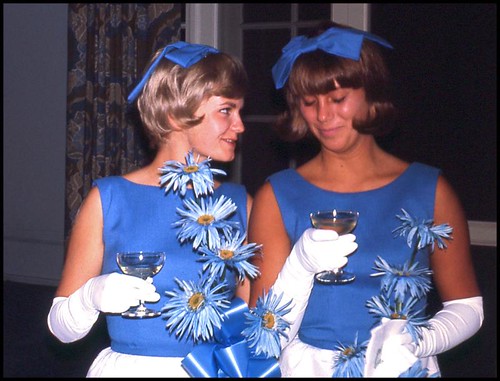By the way, that last image shows the adapter, and it's clear that it has a Leica adapter on it, so it was made for any number of non-flash shutters.
While finding that one, I suddenly remembered that the synchro gadget on the Kalart was at the top end not the bottom, and looked again and found it. This one has selectable synch settings, M, F and unlabeled, and my example is missing the nut with which one would permanently set it with the long threaded shank. Unlike the other one, which seems only to have contacts, this one seems to have a spring-loaded contacter like a shutter, which must be reset on return, and which makes a very positive snap when it releases. The synchronizer is built into the cable attachment, and does not appear to be useable simply as a button.
View attachment 97730View attachment 97731





